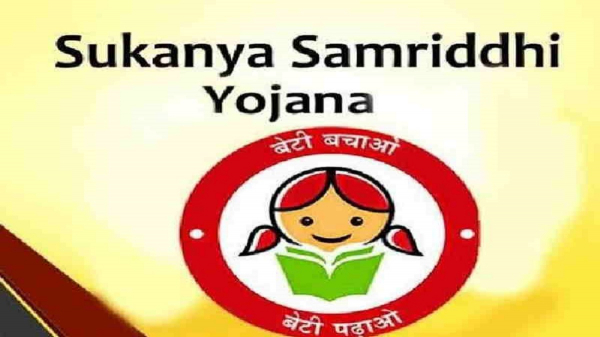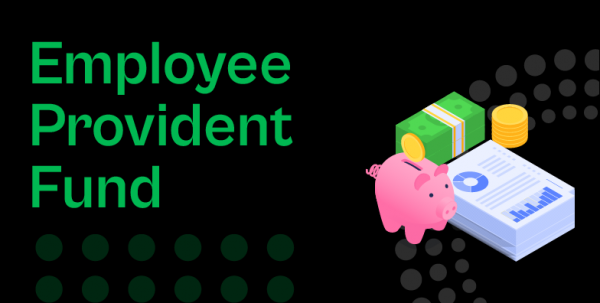Which investment is 100% tax-free: 3 tax-saving investment options for tax-free income
The PPF can be opened either with a post office or a bank. An individual can open only one PPF account in his name. The minimum and maximum investment is Rs 500
- by B2B Desk 2024-03-20 10:24:31
The deadline for making tax-saving investments for the current fiscal year is fast approaching: it ends on March 31, 2024. Factors to consider when choosing a tax-efficient investment include lock-in periods, conditions for premature withdrawal, taxation on interest earnings, and maturity amounts, among others. Especially for individuals in the highest income tax brackets, the taxability of investment returns becomes pivotal. Taxable returns are added to your income and are subject to higher tax rates.
Your Complete Tax Saving Guide
Therefore, investments offering tax-free returns can significantly enhance your post-tax yield.
In the 2023-2024 fiscal year, salaried individuals have the option to opt for either the old tax regime or the new tax regime. Under the old tax regime, people could benefit from tax deductions and exemptions, while the new tax system provides lower tax rates but fewer deductions and exemptions. Employees need to compare their final tax obligations under both systems before making a decision. If the old tax system is more beneficial, it is equally important to select appropriate tax-saving options.
Here are four tax-saving investment options that will help you not only save income taxes but also earn returns on which you don't pay taxes. Please note that these tax benefits are only available to those who opt for the old tax system.

1. Public Provident Fund (PPF)
Under Section 80C, individuals can reduce their taxable income by investing in the Public Provident Fund (PPF). This scheme falls under the exempt-exempt-exempt (EEA) category. Essentially, this implies that investors can claim deductions on the amount invested and are not required to pay taxes on the interest earned or the maturity amount. Furthermore, in terms of security, the PPF system is very secure because it carries a sovereign guarantee.
The central government reviews the PPF interest rate every three months i.e. three months. For the quarter ending June 30, 2024, the PPF offers an interest rate of 7.1% per annum.
The PPF account is subject to a lock-in period of 15 years, beginning from the end of the financial year in which the investment is made. During the third to sixth financial year after opening the account, people have the option to avail of the loan facility. Early withdrawal is permitted from the seventh financial year, subject to specific conditions. Also, in certain circumstances, individuals can opt for early closure of their PPF account.
The PPF can be opened either with a post office or a bank. An individual can open only one PPF account in his name. The minimum and maximum investment is Rs 500 and Rs 1.5 lakh respectively in a financial year.

2. Sukanya Samriddhi Yojana (SSY)
The Sukanya Samriddhi Yojana (SSY) was introduced under the government's 'Beti Bachao, Beti Padhao' scheme. This is a deposit system for girls. It allows parents to invest in a girl's education or marriage and at the same time claim income tax benefits. Like PPF, Sukanya Samriddhi Yojana also has EEA tax status. Therefore, the amount invested, the interest earned, and the maturity amount are exempted from tax.
SSY also comes with a sovereign guarantee. Therefore, it has the highest safety standard. The government reviews the interest rate on this small savings program every three months. Currently, for the quarter ending June 30, 2024, the plan offers an interest rate of 8.2%.
The scheme has a lock-in period of 21 years from the date of opening of the account. However, premature withdrawal is allowed subject to certain conditions.
A guardian can start a Sukanya Samriddhi Yojana account in the name of a girl child, provided the girl is below 10 years of age. The account can be established at either a bank or a post office. Contributions to the account are subject to a minimum of Rs 250 and a maximum of Rs 1.5 lakh per financial year. The guardian oversees the account until the girl reaches 18 years of age.

3. Employees Provident Fund (EPF) and Voluntary Provident Fund (VPF)
Salaried individuals enrolled in the Employees Provident Fund (EPF) system are required to allocate 12% of their salaries to their EPF account, with their employer making a matching contribution. An employee's contribution to EPF is eligible for deduction under Section 80C of the Income Tax Act. If a person wishes to make supplementary contributions beyond the prescribed 12%, he can choose to contribute to a Voluntary Provident Fund (VPF). The rules governing contributions to the EPF and the VPF are identical.
The EPF scheme is managed by the government. Therefore, it offers the highest safety.
The EPF interest rate for 2023-24 has been set at 8.25%.
The scheme imposes a lock-in period until the individual reaches retirement age. However, it allows early withdrawal under specific circumstances, such as higher education expenses, marriage, and medical treatment, among other qualified situations.
The EPF scheme enjoys an EEE (Exempt-Exempt-Exempt) tax status, subject to specific conditions. However, starting from the financial year 2021-22, if an employee's contributions to the EPF and Voluntary Provident Fund (VPF) accounts exceed Rs 2.5 lakh in a fiscal year, the interest accrued on the excess amount becomes subject to tax. Further, from FY 2020-21, if the employer's combined contributions to EPF, National Pension Plan (NPS), and pension funds exceed Rs 7.5 lakh per annum, the excess amount is taxable in the hands of the individual recipient. Any interest, dividends, etc. obtained from these excess contributions is also subject to tax. However, the EPF scheme remains tax-exempt.
Therefore, it can be said that as long as the employee and employer contribution limits are not breached, the EPF has EEE tax status.

POPULAR POSTS
Best Silver Investment Platforms for 2025: From CFDs to Digital Vaults Explained
by Shan, 2025-10-23 12:22:46
Best Investment Plans in India for 2025: A Complete Guide to Grow and Protect Your Wealth
by Shan, 2025-09-18 10:20:46
Which venture capital firms are the most active in funding Indian startups in 2025
by Shan, 2025-08-06 10:42:11
Top 5 Apps to Buy Digital Gold in India (2025): Safe, Simple & Secure
by Shan, 2025-08-01 10:24:51
10 Highest Dividend Yield Stocks in August 2025
by Shan, 2025-07-28 09:31:02
Exchange-Traded Fund (ETF): A Practical Guide to Smart Investing
by Anmol Chitransh, 2025-04-17 10:18:20
The Ultimate Guide to Commodity Trading: Strategies, Risks, and Opportunities
by Anmol Chitransh, 2025-04-02 07:06:01
RECENTLY PUBLISHED

Loan EMIs to Drop as RBI Slashes Repo Rate - Full MPC December 2025 Highlights
- by Shan, 2025-12-05 11:49:44

The Agentic Revolution: Why Salesforce Is Betting Its Future on AI Agents
- by Shan, 2025-11-05 10:29:23

Pine Labs IPO 2025: Listing Date, Grey Market Premium, and Expert Outlook
- by Shan, 2025-11-05 09:57:07

Top 10 Insurance Companies in India 2026: Life, Health, and General Insurance Leaders Explained
- by Shan, 2025-10-30 10:06:42

OpenAI Offers ChatGPT Go Free in India: What’s Behind This Big AI Giveaway?
- by Shan, 2025-10-28 12:19:11





 Subscribe now
Subscribe now 